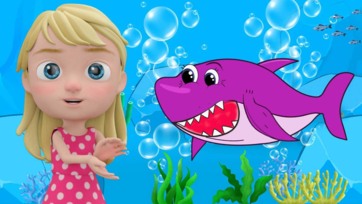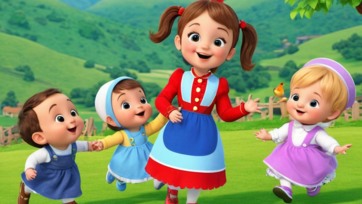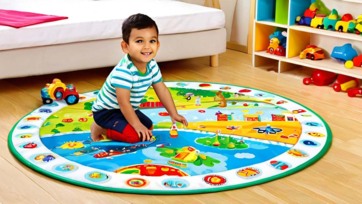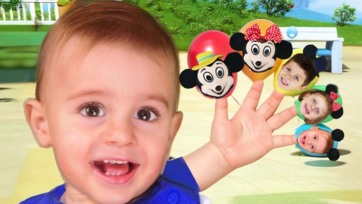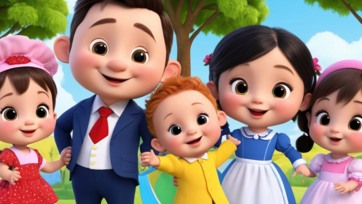Coding is becoming an essential skill in today’s tech-driven world, and it’s never too early for kids to start learning it. Introducing children to programming concepts through games can make the learning process enjoyable and engaging. Here are ten fun coding games that will help kids develop programming skills while having a blast.
1. CodeCombat
CodeCombat is a fantastic online platform where kids learn coding through interactive games. The game is set in a fantasy world where players use coding languages like Python and JavaScript to solve puzzles and defeat enemies. The game’s progression from basic to advanced coding concepts ensures that kids build their skills gradually while enjoying the adventure.
2. Tynker
Tynker offers a range of coding games and puzzles designed for kids of all ages. The platform provides a visually engaging environment where children can learn programming concepts by creating their own games, animations, and stories. Tynker’s interactive lessons cover various languages, including block-based coding for younger kids and text-based coding for older children.
3. Scratch
Developed by MIT, Scratch is a free, block-based programming language that allows kids to create their own games, animations, and stories. With Scratch, kids can drag and drop blocks of code to create interactive projects, making it an ideal tool for beginners. The platform also features a large online community where kids can share their projects and collaborate with others.
4. LightBot
LightBot is a puzzle game that introduces kids to the fundamentals of programming logic. In this game, players guide a robot through a series of increasingly complex puzzles by using programming commands. LightBot teaches essential coding concepts like sequencing, loops, and conditionals in a fun and challenging way.
5. Cargo-Bot
Cargo-Bot is a game where kids teach a robot to move crates to specific locations. Through a series of puzzles, players learn to use programming concepts like loops and procedures to solve problems efficiently. The game’s unique approach to teaching coding through problem-solving and logical thinking makes it an excellent educational tool.
6. Robot Turtles
Robot Turtles is a board game designed to introduce young children to programming concepts without the use of computers. In this game, players guide turtles to reach a jewel by using coding commands on game cards. Robot Turtles helps kids understand the basics of programming logic and sequencing while having fun with their friends and family.
7. Kodable
Kodable offers a series of games that teach kids the fundamentals of programming through fun, colorful adventures. The game features various levels that introduce coding concepts like loops, conditionals, and functions in a way that is accessible to young learners. Kodable is suitable for children as young as five and provides a solid foundation in programming.
8. Blockly Games
Blockly Games is a series of educational games that teach programming concepts through visual blocks. Developed by Google, Blockly Games uses block-based coding to help kids understand programming logic and problem-solving. The games cover a range of topics, from basic sequences to more advanced algorithms, making it a versatile tool for learning.
9. Bee-Bot
Bee-Bot is an interactive toy designed to introduce young children to programming concepts through hands-on play. The Bee-Bot robot moves based on directional commands entered by the player. Kids can program the robot to navigate a grid and complete various tasks, helping them grasp basic programming principles in a tangible way.
10. Roblox Studio
Roblox Studio is a powerful game development platform that allows kids to create their own games and experiences within the Roblox universe. Using Lua scripting, kids can design and program their own games, customize characters, and build virtual worlds. Roblox Studio provides a more advanced coding experience and is ideal for older children who want to delve deeper into game development.
Conclusion
Introducing kids to coding through games can make learning programming concepts both fun and effective. These ten games offer a range of experiences, from visual programming and puzzle-solving to hands-on play and game development. Whether kids are just starting out or looking to expand their skills, these games provide valuable opportunities for them to learn and grow as future programmers. By incorporating these fun and interactive tools into their learning routine, children can build a strong foundation in coding that will benefit them in many areas of their lives.


